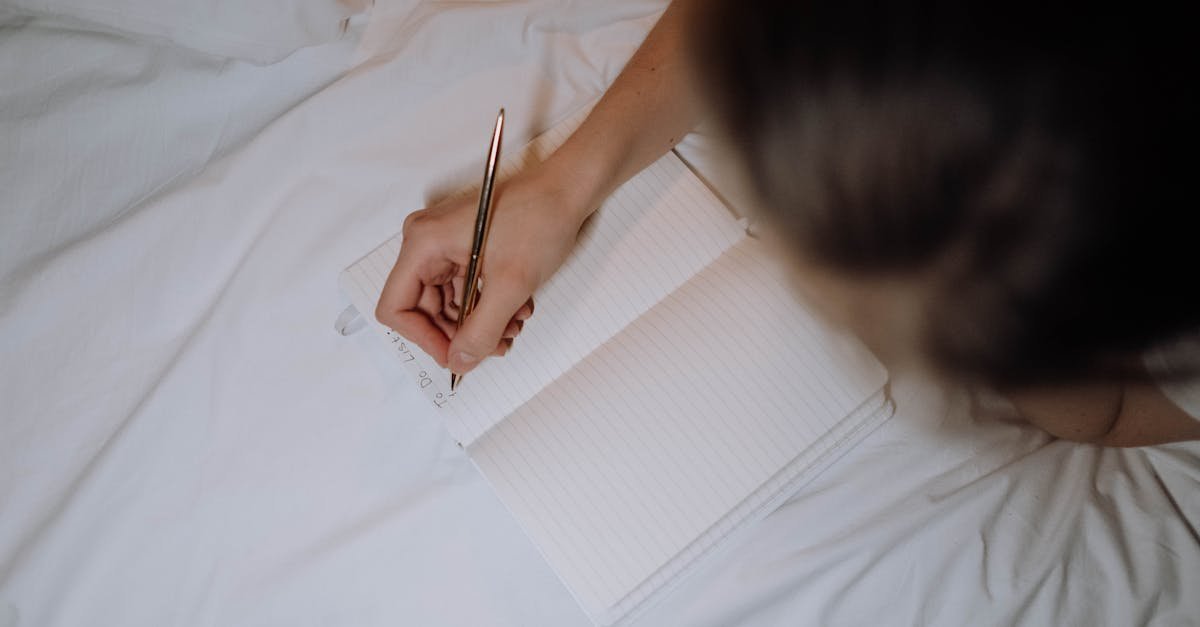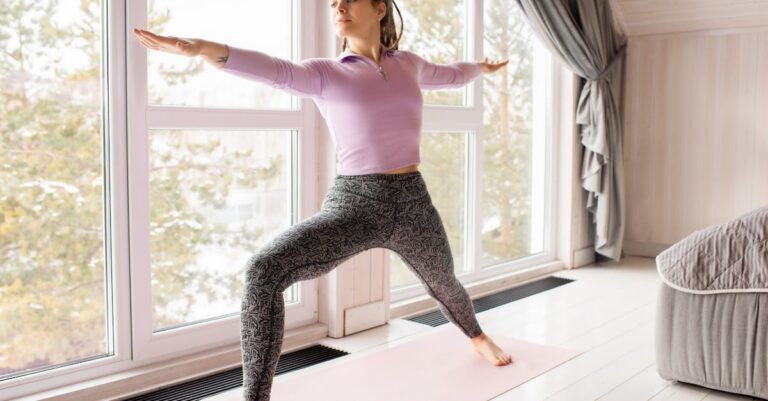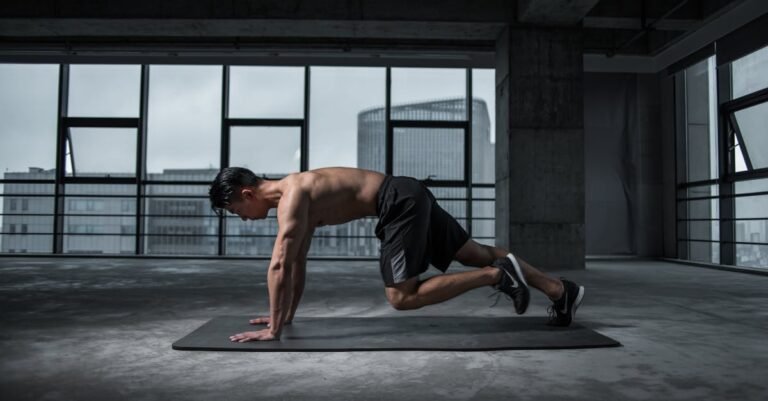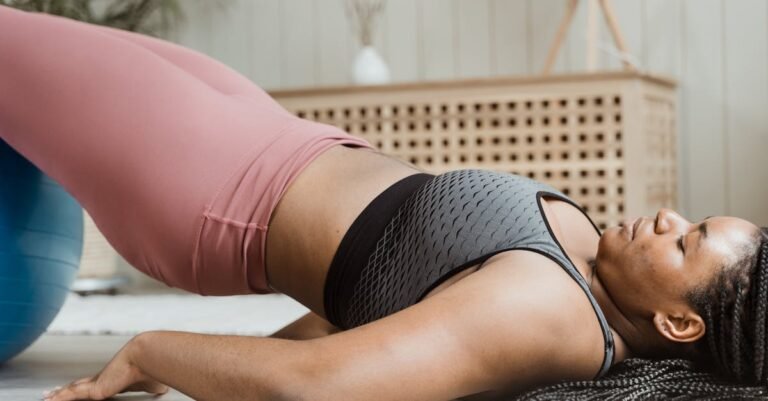Ever feel that little twinge in your back after picking something up? Or maybe you catch your reflection and think, “Man, I’m slouching again!” A lot of us deal with this stuff, often because our <_core_> – the muscles around our middle, back, and hips – isn’t as strong and stable as it could be. Think of your core like the foundation of a house; if it’s shaky, everything else feels a bit off. Good news is, you don’t need fancy gym equipment or hours of time to build a solid foundation. This article will walk you through five simple, effective core stability moves you can do right at home, every day. Stick with these, and you’ll start feeling stronger, moving better, and standing taller.
Why Bother With Your Core Anyway?
Okay, so what’s the big deal about the “core”? It’s way more than just your abs! Imagine a sturdy box right around your middle – front, back, and sides. It includes your abdominal muscles, sure, but also the muscles in your lower back, your hips, and even your glutes (yep, your butt muscles!). These muscles all work together like a team.
When this team is strong and coordinated, they keep your spine supported and stable. This makes everyday stuff so much easier and safer. Think about carrying a heavy bag of groceries – your core keeps you upright and balanced. Playing tag with your kids or dog? A stable core helps you twist and turn without pulling something. Even just sitting at a desk or standing in line requires core engagement to maintain good posture and avoid that achy lower back feeling. A weak core? That’s like trying to fire a cannon from a canoe – not very stable!
Getting Started: Safety First!
Before you jump into these moves, let’s talk safety real quick. It’s always a good idea to warm up a little – maybe some gentle arm circles or leg swings. Nothing crazy, just get the blood flowing.
The most important thing? Listen to your body. Seriously. If something feels sharp or painful, stop. It’s way better to focus on doing the move right, even if it’s slow, than to rush through it with bad form. Quality over quantity, always! You’re building a foundation here, so take your time and do it correctly. Don’t worry about how many reps you can do at first; just focus on feeling the right muscles working.
Move #1: The Plank (The Right Way)
Ah, the plank. You’ve probably heard of it, maybe even tried it. But are you doing it right for stability? It’s not just about holding it forever; it’s about engaging everything.
Get down on your elbows and toes (or you can start on your knees if needed). Your body should form a straight line from your head to your heels (or knees). The trick is to gently squeeze your glutes and brace your abs, like you’re about to get lightly poked in the stomach. Don’t let your hips sag down or pike up towards the ceiling! Keep your neck in line with your spine – don’t look up or let your head droop.
Why it works: The plank teaches all your core muscles to work together to resist gravity and hold your spine stable. Imagine trying to balance a book on your back – that’s the kind of stability you’re aiming for. Hold for 20-30 seconds to start, focusing purely on form.
Move #2: Bird Dog (Finding Balance)
This one sounds a little funny, but it’s fantastic for stability and coordination.
Start on your hands and knees, hands directly under shoulders, knees under hips. Keep your back flat – imagine you have a glass of water resting there. Now, slowly extend your right arm straight forward and your left leg straight back at the same time. The key is to move slowly and keep your torso completely still. No wobbling or shifting your weight! Hold for a second, then slowly return to the start. Repeat on the other side (left arm, right leg).
Why it works: The Bird Dog challenges your core to keep you stable while your limbs are moving. It hits the muscles along your spine and helps improve balance. Think about reaching for something on a high shelf while standing on one leg – this move builds that kind of controlled stability.
Move #3: Glute Bridge (Powering from Behind)
Your glutes are a huge part of your core, but they often get sleepy from too much sitting. The Glute Bridge wakes them up!
Lie on your back with your knees bent and feet flat on the floor, about hip-width apart. Rest your arms by your sides. Now, squeeze your glutes and lift your hips off the floor until your body forms a straight line from your shoulders to your knees. Don’t just arch your back; focus on the push coming from your hips and glutes. Hold for a second or two at the top, really feeling that squeeze, then slowly lower back down.
Why it works: This strengthens your glutes and hamstrings, which helps support your lower back and pelvis. It’s a great counter-move to sitting all day. Think of it like building the strong back wall of your core “box”. Strong glutes help you stand up straighter and take pressure off your lower back.
Move #4: Dead Bug (Core Control)
Another funny name, but the Dead Bug is amazing for teaching your deep core muscles to stabilize your spine, especially your lower back.
Lie on your back with your arms extended straight up towards the ceiling and your knees bent at 90 degrees, stacked over your hips (like you’re sitting in an invisible chair). Now, the tricky part: press your lower back gently into the floor. You want to maintain this contact throughout the exercise. Slowly lower your right arm back towards the floor behind you while simultaneously extending your left leg straight out. Go only as far as you can without letting your lower back arch off the floor. Bring them back to the start, and repeat with the opposite arm and leg (left arm, right leg). Keep it slow and controlled!
Why it works: This move forces your abs to work hard to prevent your back from arching as your limbs move. It’s super safe for your back and builds incredible control. It’s like learning to pat your head and rub your tummy at the same time, but for your core muscles!
Move #5: Side Plank (Hitting the Sides)
We’ve worked the front and back, now let’s get those sides! Your side core muscles (obliques) are crucial for preventing side-bending and twisting injuries.
Lie on your side, propped up on one elbow, with your elbow directly under your shoulder. Stack your feet on top of each other (or stagger them, or bend your bottom knee for an easier version). Lift your hips off the floor, creating a straight line from your head to your feet. Don’t let your hips sag! Imagine you’re squeezed between two walls. Hold for 15-30 seconds, focusing on keeping everything tight, then switch sides.
Why it works: The Side Plank specifically targets the obliques and other muscles that stabilize the sides of your torso. Think about carrying a heavy suitcase in one hand – your side core muscles work hard to keep you from tipping over. This move builds that sideways strength.
So there you have it – five core stability moves you can tackle daily, right in your living room. We talked about why your core (remember, it’s more than just abs!) is so important for everyday stuff, like carrying things or just sitting comfortably. We covered the Plank, Bird Dog, Glute Bridge, Dead Bug, and Side Plank – each hitting different parts of your core team to build overall stability. Remember to focus on good form, listen to your body, and be consistent. Doing these regularly is like making small deposits into your body’s “stability bank.” Over time, you’ll build a stronger foundation, move with more confidence, maybe ditch some of those annoying aches, and just feel more solid all around. Give ’em a try!










